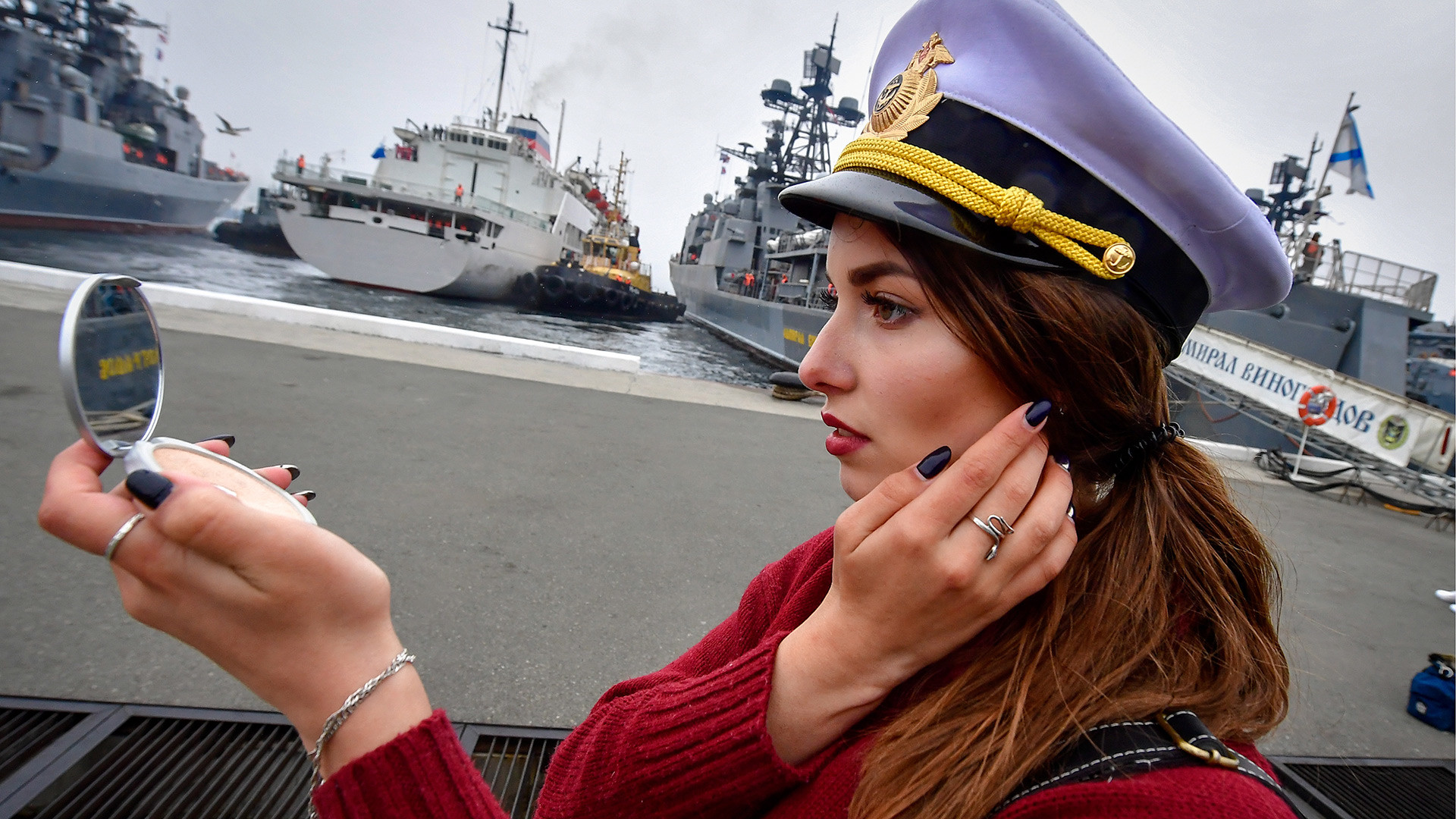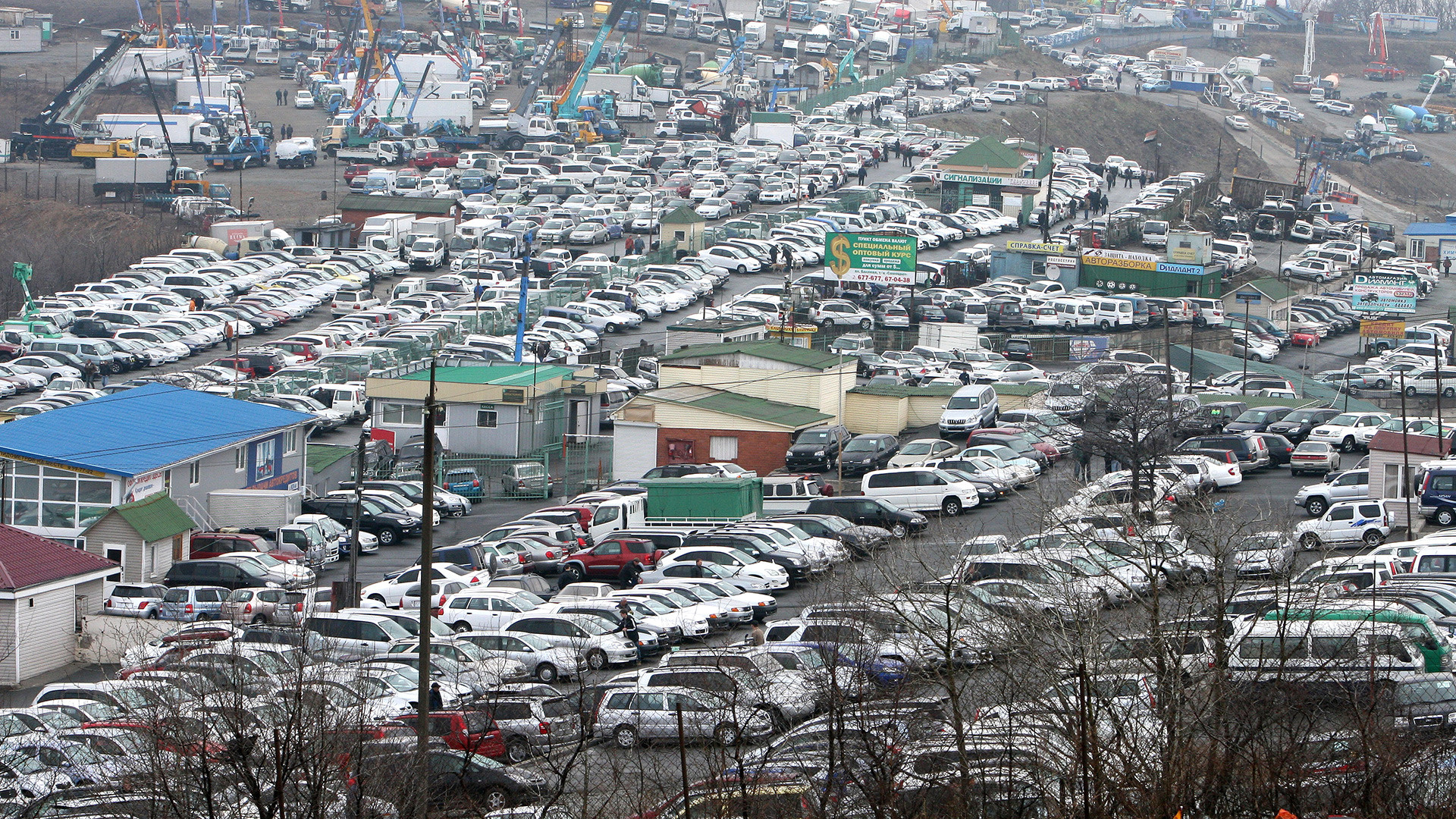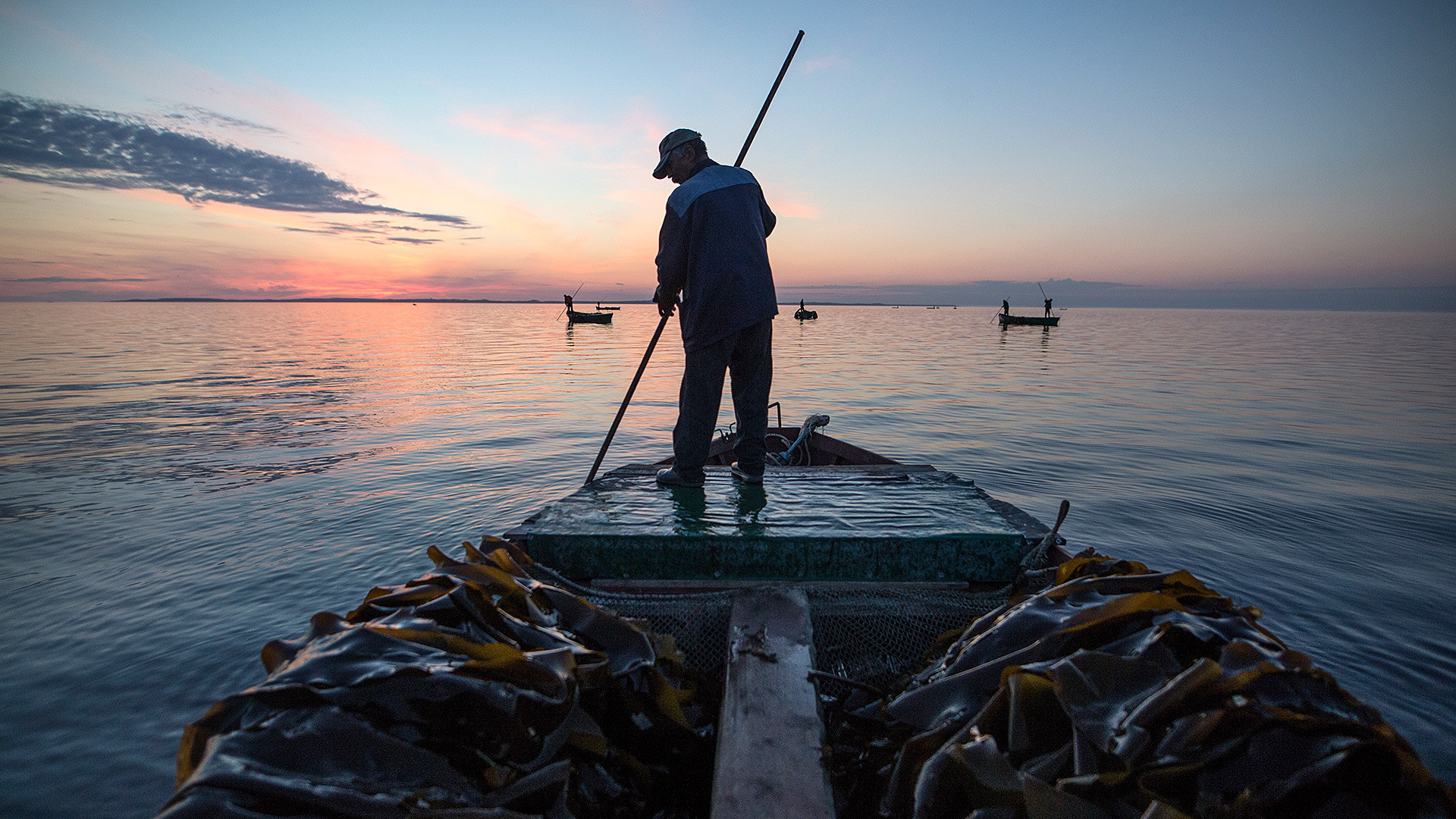What is a typical resident of the Russian Far East like?

What do they look like?

These people are rarely seen. That’s why it may sometimes seem that residents of the Russian Far East have been struck off to the end of the world. Residents of the central and European parts of Russia, if they ever go to the Far East, usually do it in search of better pay since salaries there are 50-60 percent higher due to the harsh weather conditions. People in Vladivostok (9,000 km east of Moscow) have a joke about them: Most of those who try to get to Vladivostok by car despair halfway and turn back.
In fact, a typical resident of Russia’s
If a resident of the Far East does end up in Moscow or St. Petersburg, they are disappointed: all the locals look like one gray mass and are so different from them. This is particularly true of Vladivostok women. "It did not matter whether you went to the mountains or somewhere else: In the 1980s, all women wore heels and leather coats that were in fashion back then. Of course, they overdid it sometimes. For example, they would wear diamonds to the gym. These days women in Vladivostok are well dressed," says Elena Belous from the city.
And another thing: People there talk much faster than in the rest of Russia.
Where do they go out?

In rural settlements in the Far East, especially remote ones, there’s not that much entertainment to be had. But what local residents definitely can do is go snowboarding in the local hills and watch the northern lights in "pit stops," as the locals refer to drive-thru cafes that offer quite decent dinners.
In the summer, residents of Russia’s Far East flock to the local holiday Mecca – Maritime Territory, on the Sea of Japan coast. It looks like a mass "pilgrimage" with tents, which lasts from late June to October. The local population of the Maritime Territory
What do they drive?

Firstly, no other Russian region has as many cars as the Far East. Secondly, it’s as difficult to spot a Russian car there as it is to come across a tiger in the street.
For example, in Kamchatka, there are 472 vehicles per 1,000 people, while the Russian average is 285 (according to the
Right-hand drive vehicles are a source of inspiration for residents of Russia’s
What do they do?

Almost everyone there has been to Asia at least once in their life. They are fond of people from the neighboring countries, often describing them as friendly and sweet. Residents of Russia’s
Locals have a special relationship with money, as almost everyone there
However, when they do leave, they very quickly begin to miss their native place. "When we moved to Moscow, I would come to a lake, cover my face with my hands so that only water remained in sight, and imagine it was the sea," says Anna Shitz-Bulavina.
Far more often however people would just go on a long vacation (under the law, residents of the Far East are entitled to longer leave), after which things become alright for a while. Local residents know that the Far East is a place that one needs to take a break from.
As for the bears, it's all true. Locals joke that to become a real resident of the region, you need to see a bear 15 meters away from you and survive.
If using any of Russia Beyond's content, partly or in full, always provide an active hyperlink to the original material.
Subscribe
to our newsletter!
Get the week's best stories straight to your inbox